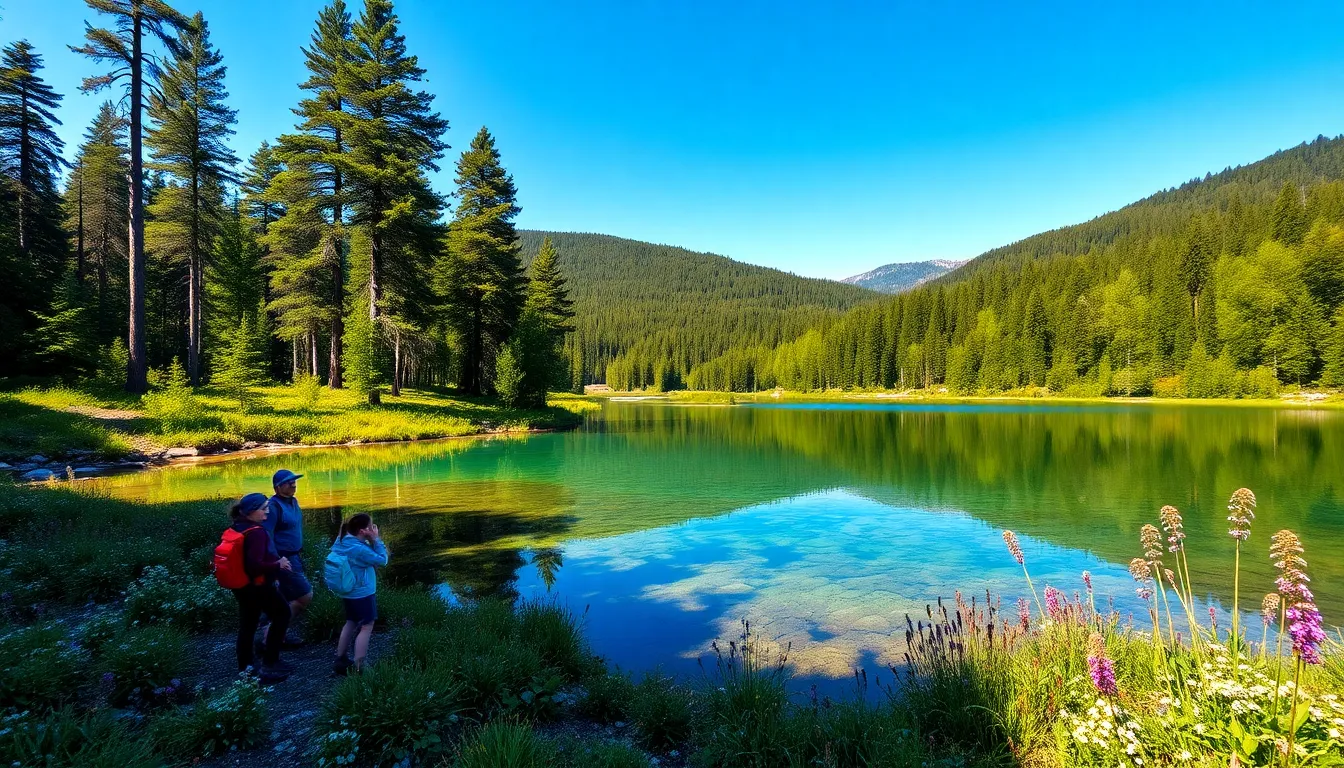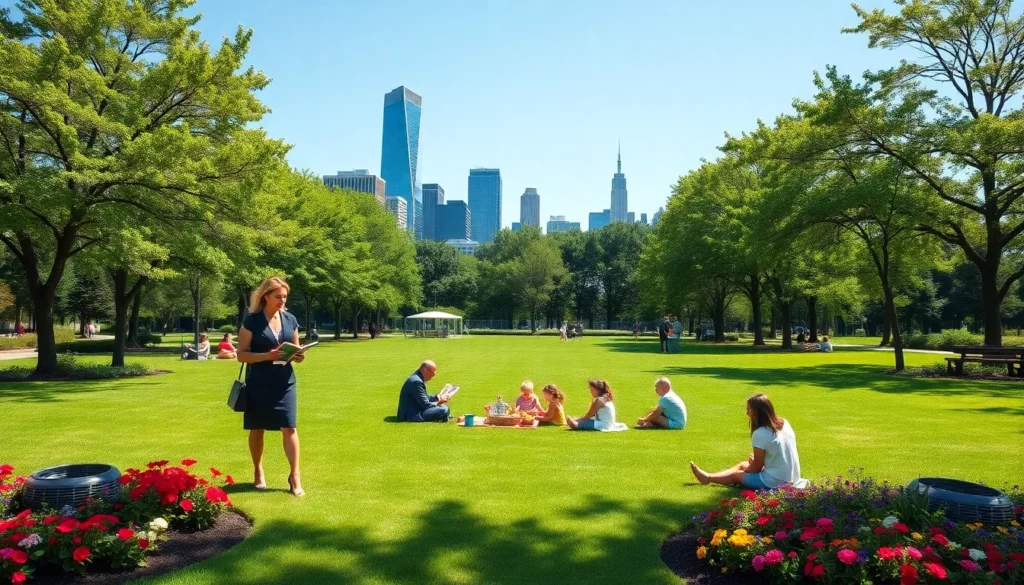Imagine stepping outside and instantly feeling weight lift off your shoulders. Welcome to the magic of natural spaces. In a world filled with screens and concrete, these green environments offer a breath of fresh air, quite literally. But why should anyone care about trees, grass, and the occasional squirrel? Well, they’re not just for Instagram selfies. Natural spaces play a crucial role in our mental and physical well-being, our communities, and the very ecosystem we depend on. Ready to jump into why they matter? Let’s get rolling.
Natural Spaces

Types of Natural Spaces
Natural spaces can be categorized into several types, each possessing distinct characteristics and charm.Forests
Forests are like nature’s skyscrapers, brimming with towering trees that form a canopy above. They serve as habitats for a plethora of wildlife, including birds, insects, and mammals. Aside from being essential for biodiversity, they also play a vital role in carbon sequestration, which helps combat climate change.Wetlands
Wetlands, often underestimated, act like nature’s sponges. They absorb excess rainwater, providing flood protection while also supporting unique plant and animal species. From swamps to marshes, these areas are crucial for maintaining water quality and offering recreational benefits.Coastal Regions
Coastal areas hold a unique blend of land and water ecosystems. They are vital for protecting shorelines from erosion, providing habitat for diverse marine life, and playing a significant role in climate regulation. Plus, who doesn’t love a day at the beach?Urban Green Spaces
Even urban areas can feature natural spaces, albeit with a little human touch. Parks, community gardens, and green roofs integrate greenery into the hustle and bustle of city life, offering residents a necessary escape from concrete jungles.The Benefits of Spending Time in Nature
Engaging with natural spaces translates into a multitude of benefits for both individuals and communities. Research consistently points to the mental health benefits of nature, with studies showing that spending time outdoors can reduce anxiety, depression, and stress. Nature has a fascinating way of grounding people, allowing them to recharge and gain perspective on life. Not only does being outside promote mental well-being, but it also encourages physical activity. Hiking, jogging, or simply strolling through a park leads to increased fitness levels and can contribute to a longer, healthier life. Fresh air invigorates the lungs and stimulates the body in ways that stuffy rooms never can. Besides, time spent in natural spaces fosters a sense of community. Parks often serve as gathering spots for families, friends, and neighbors. These interactions strengthen social bonds and promote a spirit of unity. Plus, children exposed to nature develop stronger critical thinking skills and creativity, stimulating their imaginations with boundless possibilities. So next time someone suggests going for a walk, think of it as an investment in health, both mental and physical.Preserving Natural Spaces for Future Generations
As urbanization continues to sweep across the globe, preserving natural spaces becomes ever more critical. These areas are not just nice to have: they are essential for sustaining ecological balance, supporting biodiversity, and providing resources for future generations. Organizations and individuals alike play a pivotal role in conservation efforts. Whether planting trees, participating in clean-up drives, or advocating for policies that protect natural habitats, every action counts. Agendas that prioritize sustainability can help ensure that natural spaces remain vibrant. Strategies like establishing wildlife reserves, creating protected areas, and encouraging sustainable practices promote environmental stewardship. Also, education fosters appreciation. When people understand the significance of natural spaces, they are more likely to advocate for their protection. Incorporating environmental education into school curricula helps cultivate future generations of eco-conscious citizens dedicated to preserving the planet.Creating Your Own Natural Space
Not everyone has the luxury of living near vast wilderness, but anyone can create their own slice of nature. Even small urban balconies or backyards can become thriving natural spaces. Here are a few ways to cultivate green environments at home:-
- Plant native species: Native plants require less care, attract local wildlife, and support local ecosystems. They’re like a welcome mat for local birds and bees.
-
- Incorporate water features: Even a small water fountain or birdbath can attract wildlife and add a calming element to any space.
-
- Use sustainable practices: Composting kitchen scraps, using natural pest control methods, and conserving water are sustainable ways to ensure your little oasis thrives.
-
- Create a wildlife garden: Planting flowers that attract pollinators or a small vegetable patch can enhance biodiversity, promoting a balance of life right outside your door.



